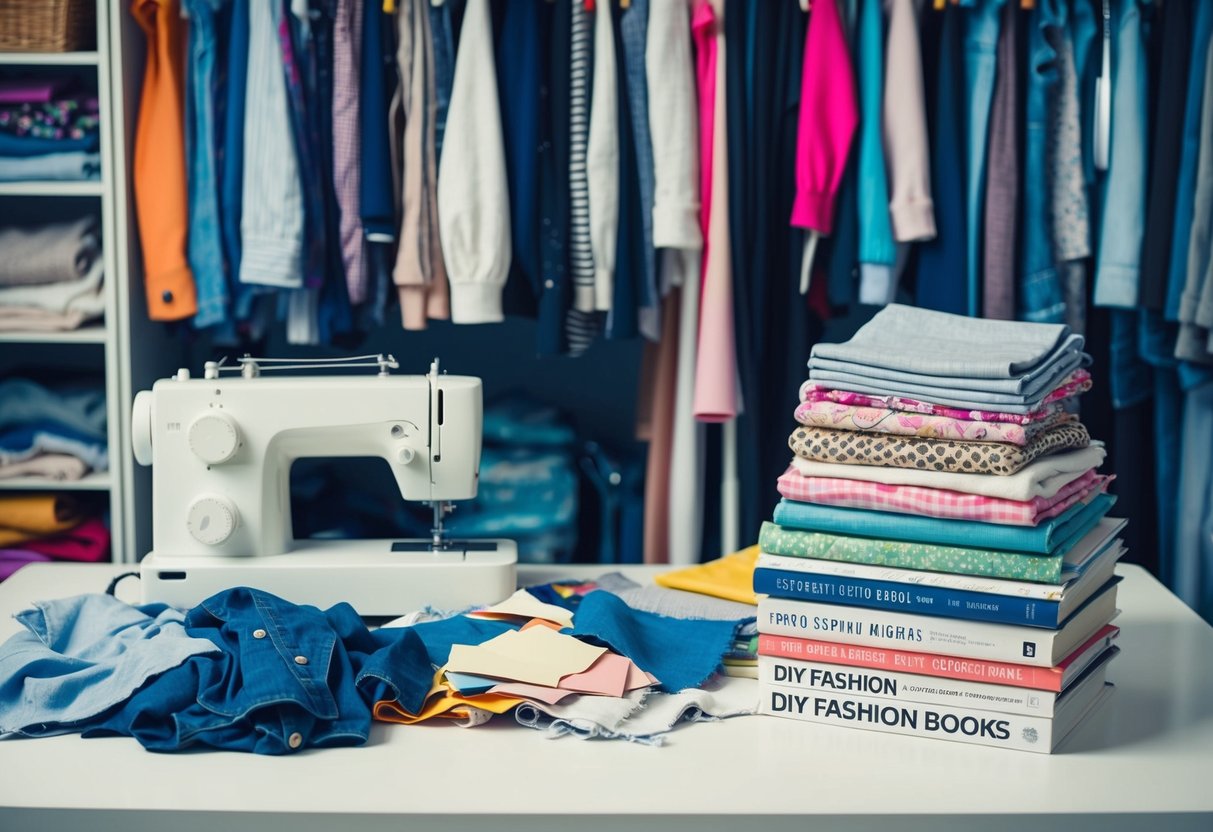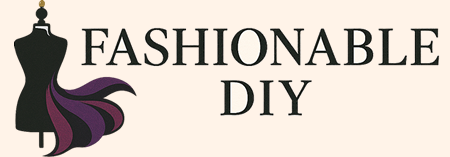Zero Waste Wardrobe: DIY Techniques for a Greener Closet
Creating a zero waste wardrobe is an exciting journey towards sustainability and personal style. The fashion industry is one of the largest contributors to environmental waste, which makes shifting to sustainable fashion practices essential for reducing our environmental impact. Incorporating DIY techniques into your wardrobe is a powerful way to express personal style while promoting a greener closet.
Consumers are becoming increasingly aware of the need to reduce waste, and the zero waste wardrobe offers a practical solution. By learning to make or upcycle clothing, individuals can extend the life of garments and minimize textile waste. This approach not only benefits the planet but also fosters creativity in crafting unique and personalized items.
A zero waste wardrobe aligns with the growing trend towards mindful consumption. Many find joy in transforming old pieces into something new, which encourages a deeper connection to their personal style. As more people embrace these practices, sustainable fashion continues to gain momentum, paving the way for significant positive change in the fashion industry’s environmental impact.
Understanding Zero Waste Fashion
Zero waste fashion is a response to the challenges posed by the traditional fashion industry. It aims to reduce environmental damage and promote ethical practices. This section explores the philosophy, the impact of fashion on the environment, and sustainable fashion principles.
The Philosophy of Zero Waste
Zero waste fashion revolves around minimizing waste in clothing production. It emphasizes designing garments with patterns that use fabric efficiently, leaving little to no waste behind. Designers often incorporate techniques that ensure every piece of fabric is used optimally.
This philosophy also encourages consumers to adopt a minimalistic wardrobe, focusing on quality over quantity. Zero waste methods prioritize long-lasting materials and timeless designs. The ultimate goal is to create a sustainable, closed-loop system that considers production processes and product lifecycle.
Impact of the Fashion Industry on the Environment
The fashion industry is a major contributor to global pollution, with textile production being one of the largest sources of greenhouse gas emissions. Beyond emissions, it significantly contributes to water pollution through hazardous chemicals used in dyeing processes.
Fast fashion exacerbates these issues, leading to massive waste accumulation. Millions of tons of clothing end up in landfills annually. Efforts to mitigate environmental damage include recycling initiatives and developing eco-friendly materials.
Understanding the environmental impact is crucial in driving effective changes in consumption patterns and manufacturing processes. This awareness fuels the push towards more sustainable practices within the industry.
Principles of Sustainable Fashion
Sustainable fashion involves ethical labor practices, supporting a circular economy, and prioritizing environmentally-friendly materials. It values transparency in supply chains to ensure fair working conditions and living wages for all workers.
Circularity plays a significant role by encouraging reuse, repair, remanufacturing, and recycling of garments. This reduces the demand for new resources and increases the lifespan of clothing.
Selecting natural and organic fibers for production minimizes ecological footprints. Sustainable fashion encourages innovation, seeking solutions to create clothing that coexists harmoniously with nature and society.
Evaluating Your Current Wardrobe

To create a zero waste wardrobe, first assess the current state of your clothing collection. This process involves identifying items that contribute to excess and deciding which pieces align most closely with sustainable living. Such evaluation fosters mindful consumption and reduces waste in your fashion choices.
Auditing Your Closet for Waste
Begin by examining each item in your wardrobe. Consider factors like how often you wear each piece, its condition, and its versatility. Items that haven’t been worn in the past year should be noted. Be honest about why these items remain unused. This transparency helps recognize patterns of over-consumption or impulse buying, which contributes to waste.
Take note of duplicates or similar items. Having several pieces that serve the same purpose might indicate an area to cut back. Evaluate the materials and construction of each piece. Quality often extends the lifespan of clothing, crucial for reducing waste. Use this audit as an opportunity to learn about personal consumption habits and make more informed decisions in future purchases.



